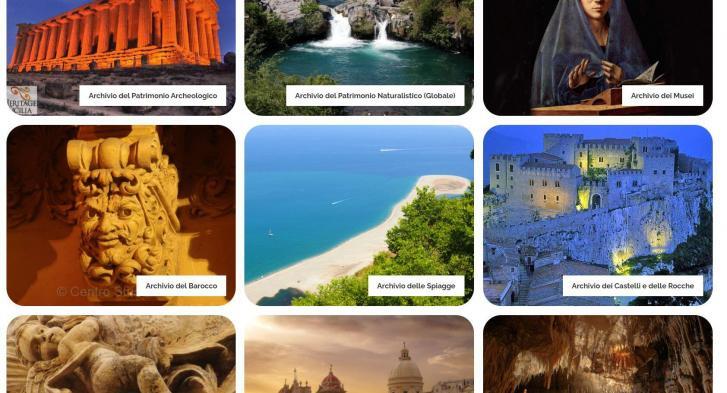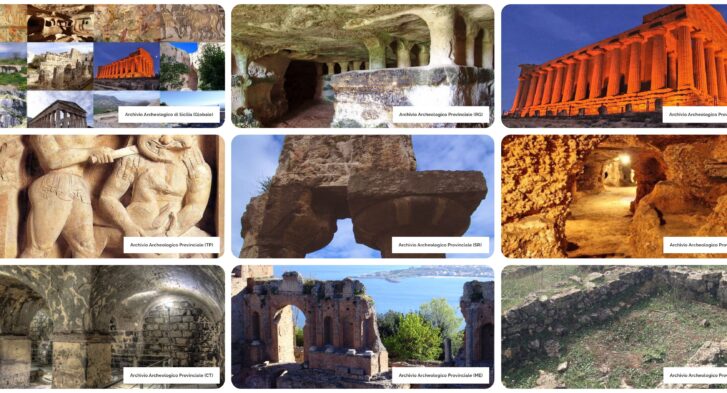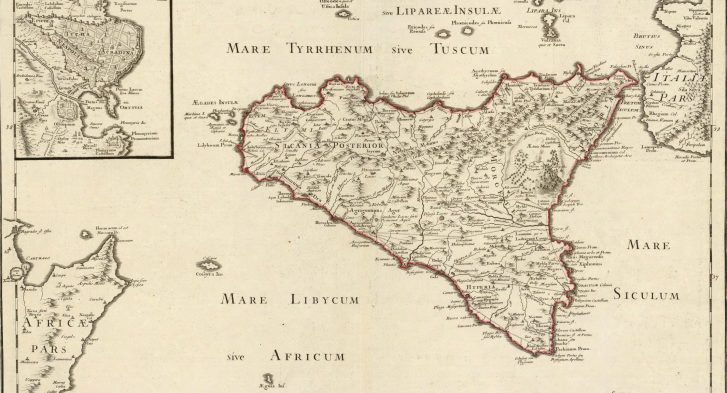The Galeots

VII century BC vase made in Megara Iblea; possible homeland of the Galeots (Louvre museum) (Wikipedia)
Reference page: Repertory of Cults and Myths
The Galeots were considered soothsayers and their cult had to be, in some way, linked to that of the goddess Ibla, if it is true that in the ancient Ibla Galeote, inside the temple dedicated to Ibla, there was a sanctuary seat of these diviner priests.
The location of Ibla Galeote is uncertain; it is not known whether it should coincide with that of Pantalica or with that of Ibla Megarese or, again, with that of Ibla Herea, or with Ibla Etnea near the present Paternò. Not surprisingly, in the past, historians have not been able to precisely assign a site to ancient Ibla whose nickname, in addition to that of Galeote, was also Galeonte [Giovanni E. Di-Blasi: Storia del Regno di Sicilia vol.I. p. 69], Galeotides and Gereatides [Raffaele Solarino: The County of Modica Vol.I. p. 125]. The Ragusan historian Solarino writes that "Galeotide" derives from the Syriac "Gala" which means "to reveal" and that the term Galeoti indicated a caste of men who had the ability to interpret dreams and were experts in divinatory ceremonies. He concludes by stating that the origin of the Galeots was oriental and precisely Phoenician. Ciaceri, on the other hand, agrees on their oriental origin but affirms that they were Greeks and not Phoenicians and puts them in close relationship with the inhabitants of Megara, a Greek city [Cults and Myths in the History of Ancient Sicily p. 19].
The Priesthood of the Galeots is related by Ciaceri to the ancient cult of Apollo Carius. Legend says that Galeote (or Galeo) was the ancestor of a line of Sicilian soothsayers, he was the son of Apollo need Themisto, the daughter of the king of the Hyperboreans. The oracle of Dodona ordered Galeote and another Hyperborean named Telmisus to walk, one towards the east and the other towards the west, until, during a sacrifice, an eagle would come and steal their victim's flesh sacrificial. Where this happened, they were to build a temple. Telmiso stopped in Caria and Galeote arrived as far as Sicily.
According to Ciaceri, the legend reflects the colonization of the Sicilian coasts by the megarese who, arriving in Sicily, brought with them the tradition of Galeote and, perhaps, also the guilds of the Galeot diviners.
Extract from the Book ” Cults of Ancient Sicily” by Ignazio Caloggero ISBN: 9788832060102 © 2022 Centro Studi Helios srl







